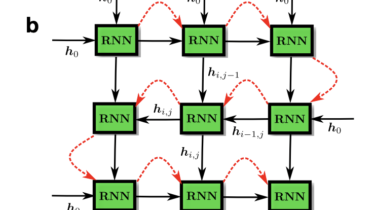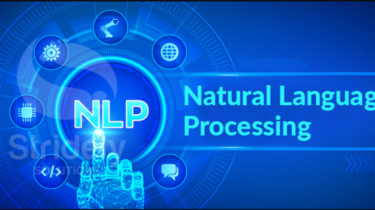Category: Python
Python tutorials
Resume-Parsing (Skill)
In this project, we are going to use spacy for entity recognition on 200 Resume and experiment around various NLP tools for text analysis. The main purpose of this project is to help recruiters go throwing hundreds of applications within a few minutes. We will be using two datasets; the first contains resume texts and the second contains skills that we will use to create an entity ruler. A collection of 2400+ Resume Examples taken from livecareer.com for categorizing a […]
Read moreA Manual to BERT for Reported Speech in Turkish
Converting first person point of view to reported speech in the Turkish language.
Read moreWant to be an AI researcher?
From learning the basics of AI to diving deeper in order to solve real-world problems.
Read morePride, Prejudice, and Natural Language Processing
Describing a book well is difficult. Can NLP help?
Read moreBASICS OF NLP WITH SPCACY
spaCy is one of the main Python language libraries for Natural Language Processing (NLP).In this article you will discover the basics of NLP methods with spaCy. !pip install spacyimport spacy
Read moreAn introduction to Natural Language Processing
At ML Concepts, we are working towards building a website with courses and material relevant to the field of data science. Humans communicate with each other using words and text. The way that humans convey information to each other is called Natural Language.
Read more





